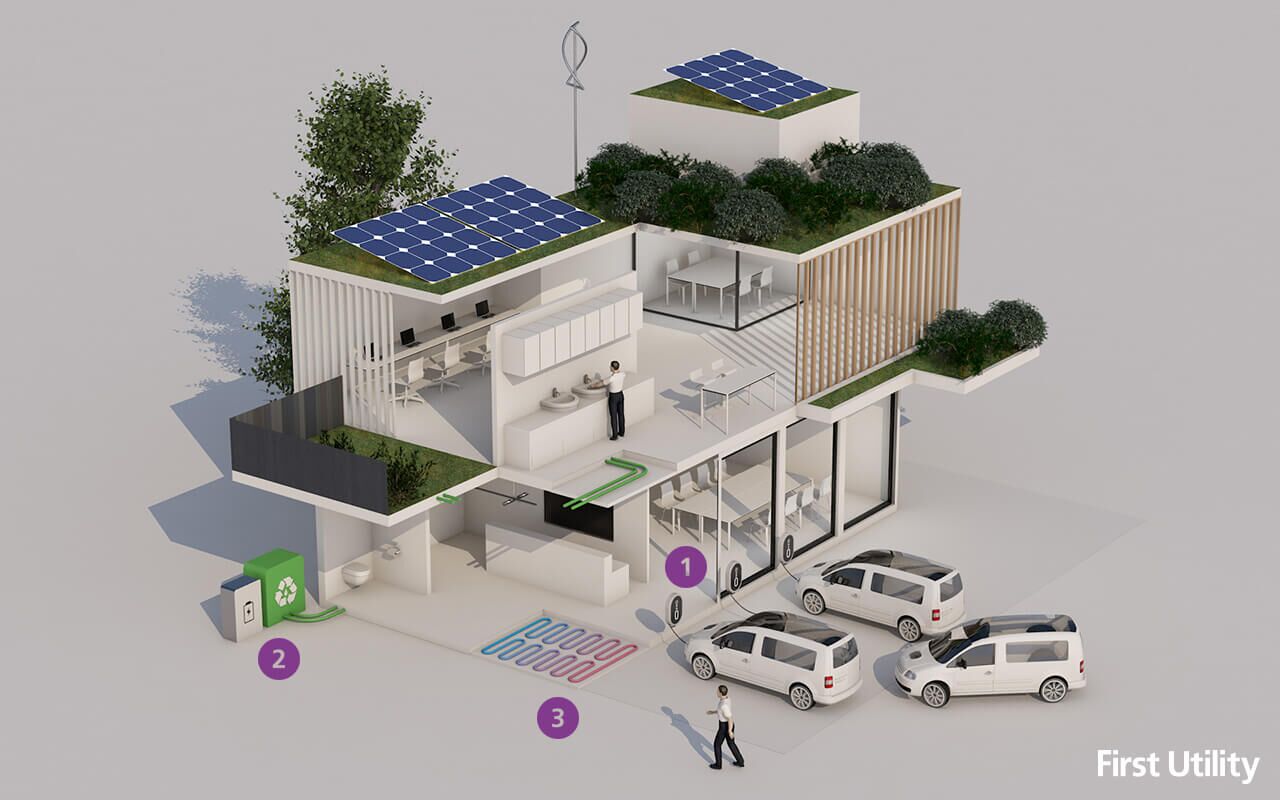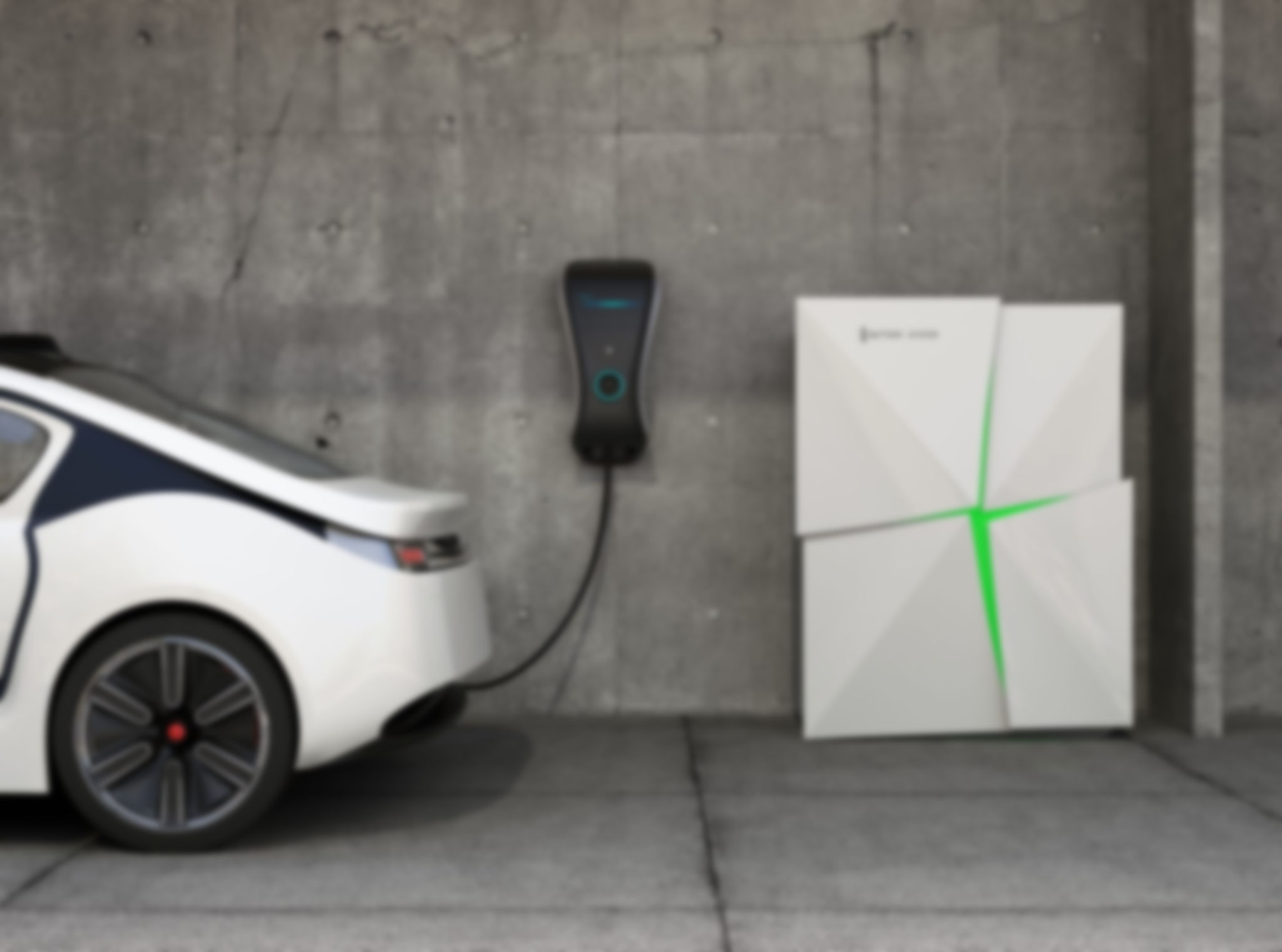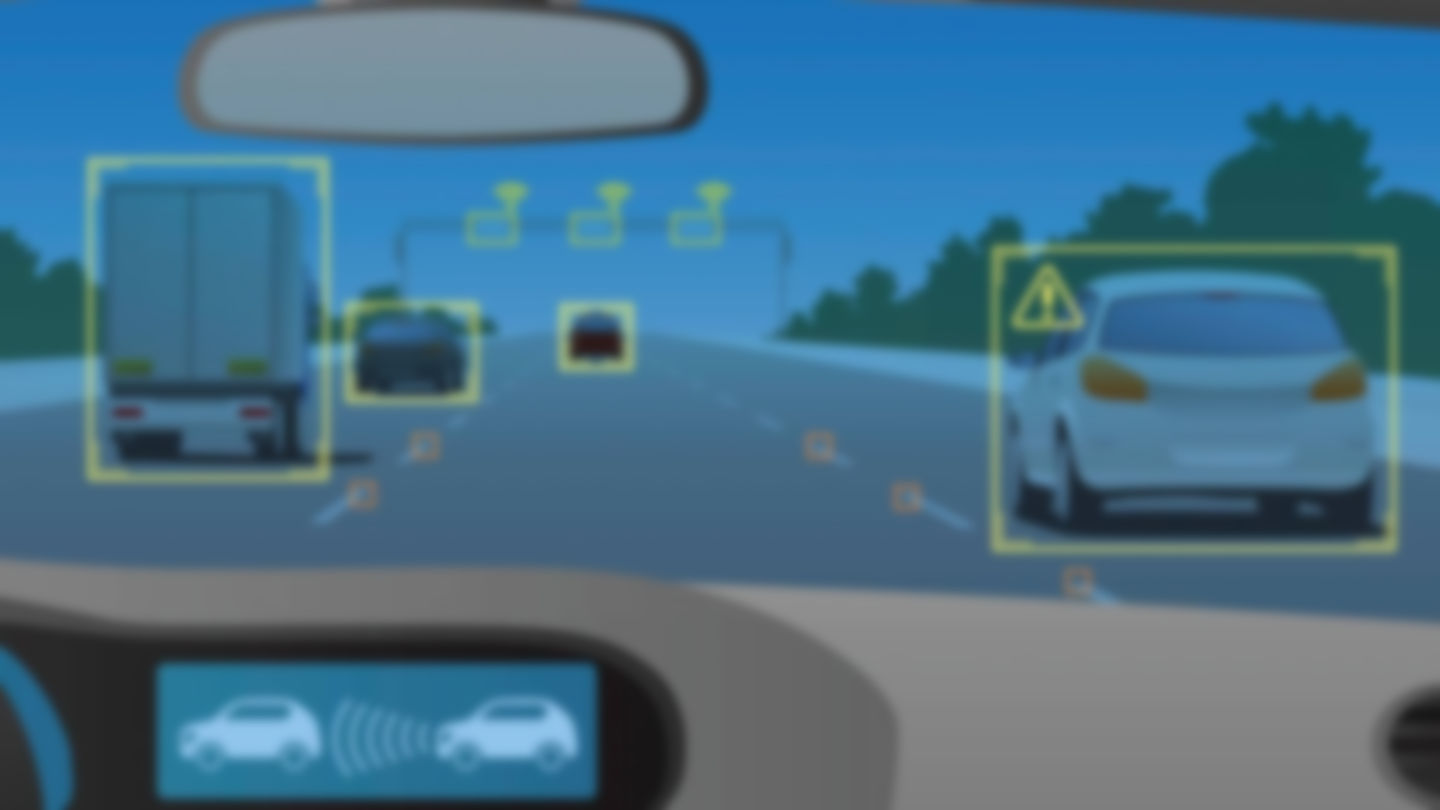
Smart Energy in a Smart Future
Over the next few decades it’s likely that we’ll see some big changes in the way our cities look and function.
As pollution continues to rise in places like London, local governments are considering a ban on diesel engines and may look to encourage the use of electric vehicles instead. Other factors, like more affordable and effective battery technology and renewables will play a vital role in the changing cityscape too.
What’s more, as even more things from motorways to buildings are expected to become ‘smart’, the lines between the energy grid and the internet could become increasingly blurred.
How Will These Advances Affect Our Daily Lives?
Imagine waking up in your apartment or home in the city. It is ten or fifteen years from now. Your smart thermostat has of course set the home temperature according to your habits and desires, the tea kettle is heating water and, if it has not remembered, you will remind it by speaking to it.
Your electric car has returned to its parking and charging spot after an evening of working independently as a self-driving taxi. Customers could hail it with an app and payments were handled automatically and now quite securely using what was called “blockchain” technology back in 2018, but now is simply known as the network.
Your car needed a charge boost at about 11:30 PM, and to get one it parked next to a city street light pole that also had a robotic charging port available. The quick charge added another hour of available service for your car, after which it made its way home for the rest of the evening.

Your house began the day not just adjusting its thermostat to bring the temperature up to your desired setting. It also queried the electrical network for any available excess power in the neighbourhood, left over in the homes that had battery systems installed to store power from their solar or wind collectors and were re-selling the energy at a good price.
This morning your home could get about ten percent of its power from neighbours, thirty percent from your home solar array, with the rest obtained from the local utility with whom you have a deal to buy electricity from their renewable generation sources.
A few years ago you paid a premium for that kind of power from the utility, but in the past few years as renewable sources became cheaper than conventional sources, you get a discount.

1 - Your thermostat will scout the neighbourhood for excess power, which you can buy at a good price.
2 - 30% of your energy comes from your solar panels, and you can sell it if you have some leftover.
3 - Your own wind collector will also generate energy and is much cheaper than conventional sources.
"Change is upon us. We can choose to see it as frightening and incapacitating, or we can embrace the opportunities and move forward with hope towards a more sustainable world"
The Workplace of the Future
When it's time to go to work – and yes, you are one of the people who still goes to an office most days to join with teams on creative work – you begin your work day in your autonomous car, which stops once on the way to pick up a friend for a shared ride.
You use the windscreen of the car in its internal screen setting to carry on a quick teleconference with some colleagues a couple of time-zones back in time, then take care of most of your messages on your tablet. As you do all of this, the car is navigating the smart streets – the pavement in places is made of glass which act as solar cells – a
solar roadway – while in other places the pavement is more standard blacktop or concrete.
But all have sensors built in that, along with the ubiquitous cameras in the city, are keeping track of traffic flow, changing the flow via stop-light management and re-routing traffic as needed. The in-road sensors are also constantly monitoring the roadway quality and predicting the need for preventive maintenance using artificial intelligence systems.

When you arrive at your commercial office building, since you are going to be leaving again early today, your car drops you at the door and then parks in the limited size parking lot, which can pack cars within inches of each other as all the cars park themselves robotically. Both plug-in and magnetic inductive electric charging are available depending on the technology of the vehicle.
Your commercial building is about seven years old and was one of the first in your smart city to be built according to the “LivingBuildings Challenge” criteria. This means your building generates as much energy as it uses, stores and recycles water, uses ground heat and cooling, maximizes passive light and energy, and in every way goes meets the concept of “Net Zero” as a building. Networked together, these smart and efficient buildings are moving our city toward a future where the city itself generates most of what it needs and wastes little.

1 - Self Your self driving car will plug itself into magnetic or plug-in charging ports while you work.
2 - Your office building stores and recycles water, cleaning and filtering as you go, and is completely self-sustainable.
3 - The office’s heating and cooling system is in the floor, keeping the place at optimum room temperature throughout the day.
The Trends That Are Pushing Cities Into Sustainable Living
Systems Intelligence is an enabler: each year computing intelligence continues to be enhanced in such a way that instruments get smarter – think light bulbs, thermostats, appliances, meters, automobiles – while they become more connected. Walk into any store that sells energy related technology for the home and you will be struck by how much of it now is enabled to connect wirelessly to the Internet, to the rest of the home systems, and to energy vendors if desired.
Everything is being enabled to speak to everything else. At the city-wide level and then national and global, this is all part of the building what I like to call the largest engineering project in history, the Internet of Things. Originally the World Wide Web was built largely so that people could connect to information sources and to each other. Now we are in the process of enabling the built world, the human world, and if you consider Internet connected crops on many farms, the natural world into one integrated information network. Keeping in mind all the attendant privacy issues that must be dealt with, the goal is a system that is efficient, that can learn, and that can adapt to changing conditions in order to save energy, time, and money.
In any debate about railway nationalisation, it's almost certain that someone will eventually say, "Well, what about Germany?" To people in favour of nationalisation, Germany's rail operator Deutsche Bahn (DB) is everything British trains should be: fast, punctual, clean and cheap.
Ultimately the smart city of the near future will take advantage of a variety of opportunities:
- Energy efficiency
- Low carbon energy sources
- Living buildings
- Electrified transportation
- Sustainable businesses
- Resource systems integration using the Internet of Things
- Forward looking planning, a redesign of our cities
Smart cities that are developing smart energy systems incorporating all of these opportunities will achieve a competitive advantage in the world economy, and will provide a more secure and desirable place for people to live.
Continue reading
This self-sustaining Australian home harvests its own food, energy, and water.

We are a challenger energy and broadband company, providing good-value energy, great customer service and innovative technology since 2008. This technology also helps our customers waste less energy by giving them insight into individual usage and greater control.

- About us
- Careers
- Our fuel mix
- Our policies



